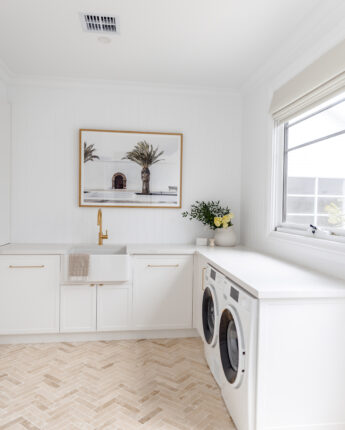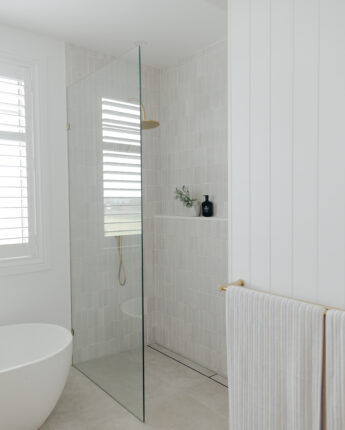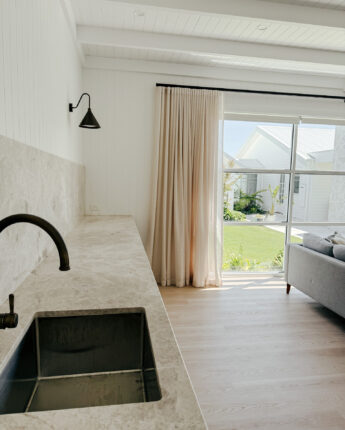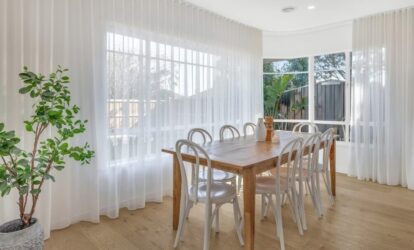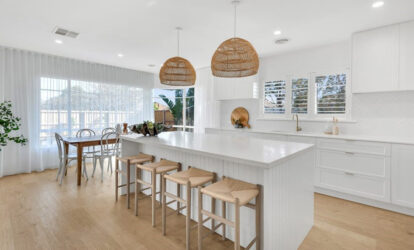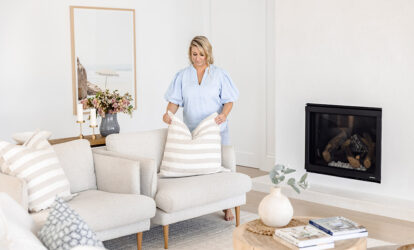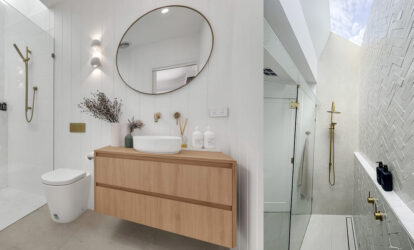The Secret to a Home That Just Feels Right
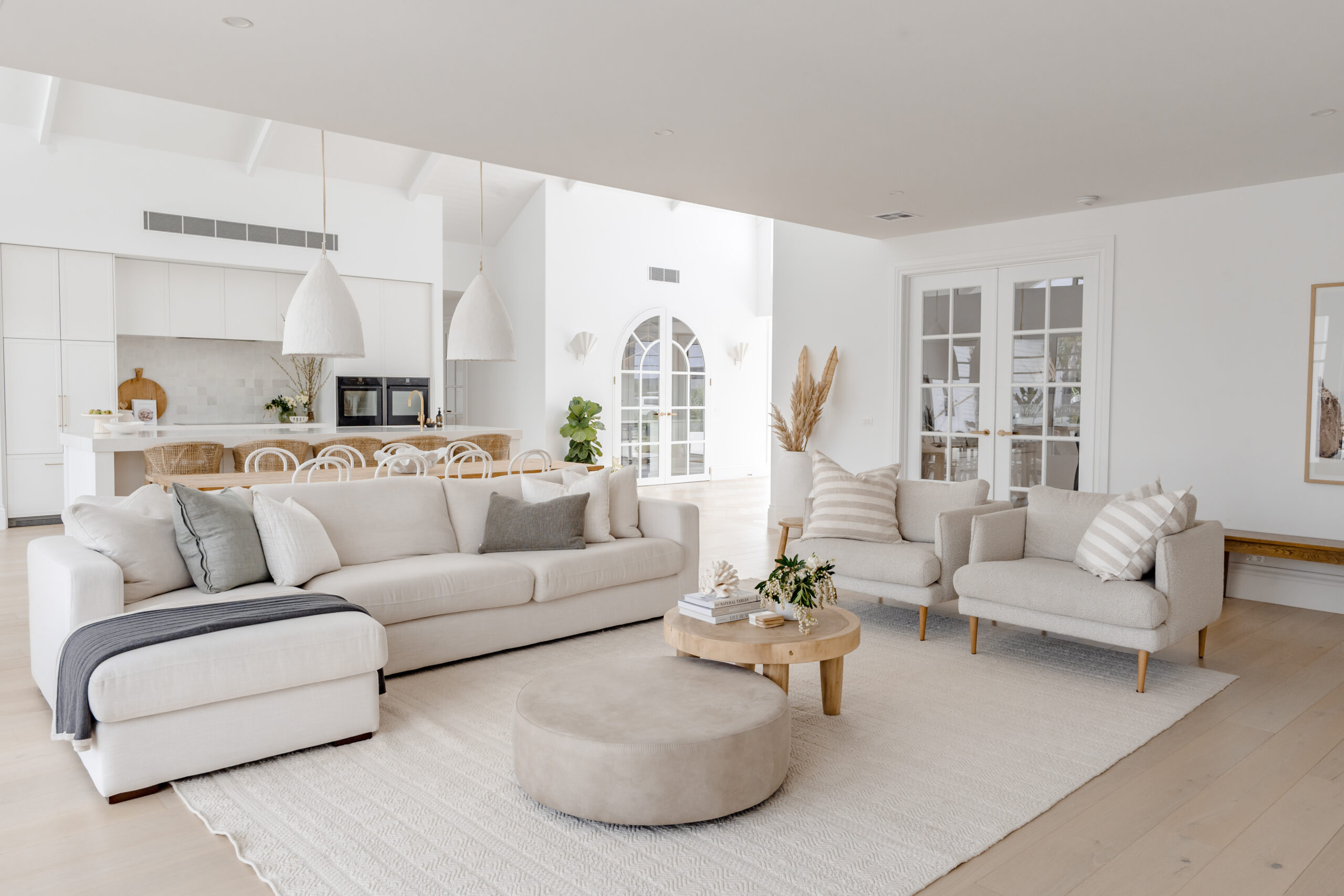
How to Create a Home That Feels Right for Your Climate
When it comes to designing a home you truly love, it’s not just about beautiful furniture and fancy finishes — it all starts with where you put your rooms and how your home sits on the block.
Good orientation makes such a difference: it can keep your space naturally warmer in winter, cooler in summer, and filled with gorgeous natural light all year round. And in today’s more eco-conscious world, that’s a big win for both comfort and sustainability.
In this blog, I’m sharing some simple tips on the best room orientations for different parts of Australia — so you can create a home that looks amazing and lives even better.
Let’s get into it!
Why Orientation Matters
Getting your home’s orientation right means using the sun, breezes, and shade to your advantage — what we call “passive design.” It’s all about working smarter, not harder, to create a space that’s naturally comfortable and energy efficient.
Here’s a quick guide to what works best depending on where you live:
Queensland
- Bedrooms: North-facing to catch that beautiful winter sun.
- Living Room: East-facing is perfect — you’ll enjoy gentle morning light and good airflow to help with the humidity.
- Kitchen: Southeast works well to brighten up those early starts.
- Why: The key here is balancing warmth during cooler months with lots of ventilation all year round.
New South Wales
- Bedrooms: East-facing means you wake up with soft, natural light — not a harsh blast.
- Living Room: North-east gives you a bright, welcoming space throughout the day.
- Kitchen: East side again is great — think sunlit breakfasts!
- Why: In Sydney’s mild climate, you want morning light and shady spots by the afternoon to stay cool.
Victoria
- Bedrooms: East-facing is a must for a gentle wake-up (especially when the skies are grey!).
- Kitchen: North-facing captures sunlight all day, especially important through chilly winters.
- Living Room: South-facing can work too — offering warmth and great outdoor views.
- Why: Melbourne’s weather can be a mixed bag, so it’s all about finding the right light and warmth balance.
South Australia
- Bedrooms: East-facing to wake up with the morning sun.
- Living Room: West-facing gives you a cozy, sunny spot in the afternoon — just make sure you plan for summer shade.
- Kitchen: North-facing for lovely light through the morning and midday.
- Why: Adelaide’s hot summers and cooler winters mean you need to capture warmth when you can but stay cool when it counts.
Western Australia
- Bedrooms: North-facing bedrooms are perfect for winter warmth.
- Living Room: North or northwest keeps it light and bright without overheating.
- Kitchen: North-facing kitchens are sunny and welcoming.
- Why: In Perth’s hot climate, you want all the northern sun you can get — but don’t forget smart shading to keep things comfortable.
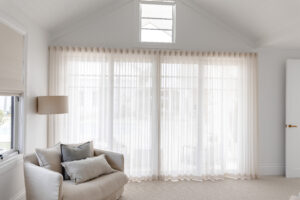
Where to Position Each Room (and Why!)
Once you’ve got your home’s orientation sorted, it’s time to think about where each room fits best inside the layout. Here’s my go-to guide:
Bedrooms
- Best spot: Eastern or northern side of the house.
- Why: You’ll wake up naturally with gentle morning light, and north-facing windows will keep your room light and peaceful through the day. Plus, tucking bedrooms away from noisy areas like living rooms or busy streets helps create a calm, restful retreat.
Kitchens
- Best spot: Southeast side of the home.
- Why: Morning sun makes your kitchen feel bright and welcoming (perfect for coffee and breakfast!). Plus, keeping it close to your dining area makes everything flow better for everyday living.
Living Rooms
- Best spot: South or southwest side.
- Why: South-facing living rooms stay bathed in soft, natural light — perfect for relaxing, entertaining, and cozy afternoons. Plus, it helps create a beautiful indoor-outdoor connection if you’re opening onto a patio or garden.
Laundry Rooms
- Best spot: Near bedrooms or bathrooms (preferably on the same floor).
- Why: Keeping laundry close to where clothes and linens are used makes life so much easier. Plus, good ventilation — with windows or vents — will help prevent that dreaded damp, stuffy feeling.
Zoning Your Home for Maximum Comfort
Another simple but powerful tip? Zone your home into two main areas:
- Zone A: Kitchen, living room, dining — spaces where you want it warm, light, and inviting.
- Zone B: Bedrooms, bathrooms, laundry — areas that can stay cooler and quieter for better rest and relaxation.
Getting your zoning right means your home will naturally feel more comfortable — and you’ll spend less on heating and cooling too. Win-win!
Final Thoughts
At the end of the day, a beautiful home isn’t just about how it looks — it’s about how it feels to live in.
By planning your layout and orientation thoughtfully, you can create a space that feels welcoming, comfortable, and naturally connected to the seasons — without needing to fight the elements.
If you ever need help designing a layout that’s perfectly suited to you and your lifestyle, I’d love to chat!

